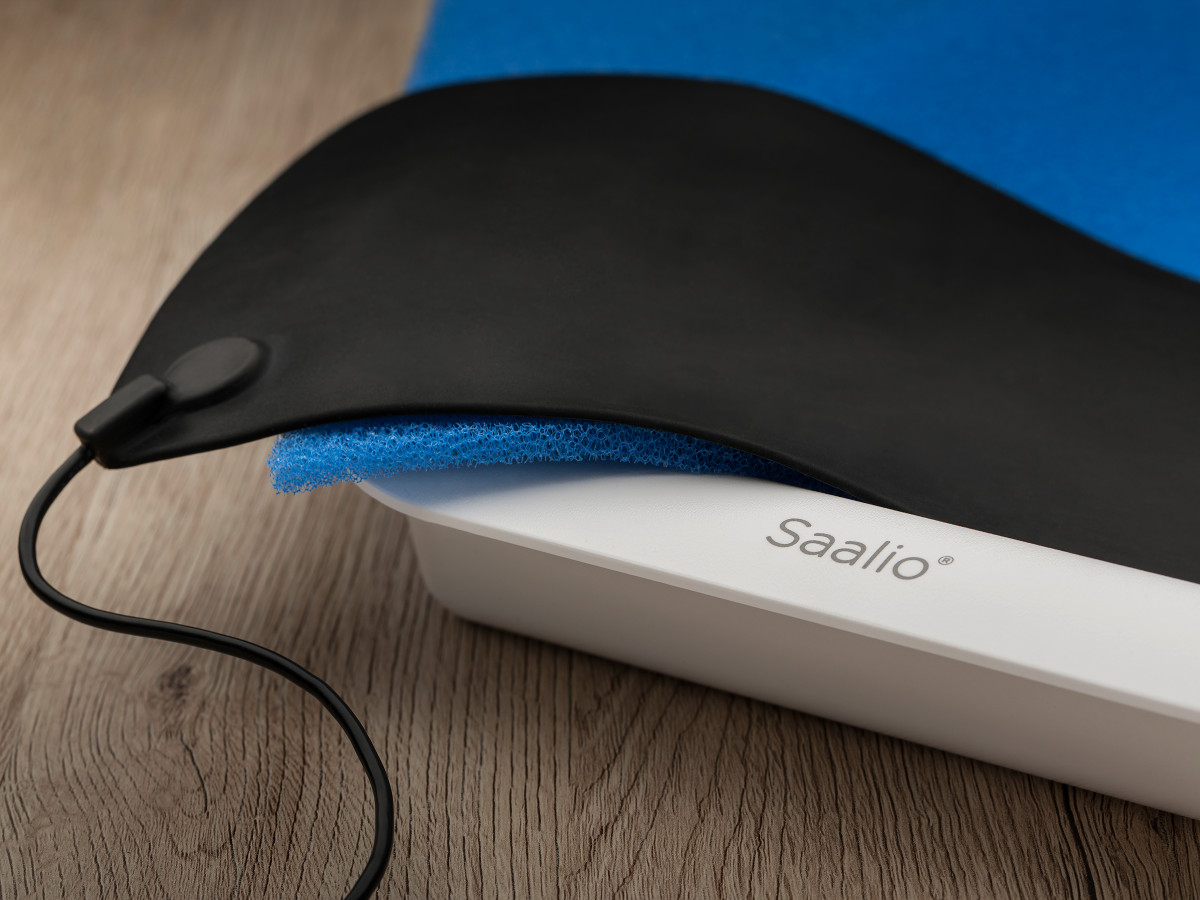SUDORCURE
What is Hyperhidrosis?
Hyperhidrosis is a medical condition that causes excessive sweating beyond what is necessary for regulating body temperature or physical activity. Unlike typical sweating, it can occur suddenly, even at rest or in cool environments, and commonly affects areas like the underarms, hands, feet, face, scalp, or groin. This happens when the nerves that trigger sweat glands become overactive, often without any clear reason or external trigger. It affects approximately 3% of the population in both Australia and New Zealand, yet many people go undiagnosed due to stigma or a lack of awareness. The condition can significantly impact daily life, confidence, and emotional wellbeing, but with the right treatment, it can be managed effectively from the comfort of your home.
Types of Hyperhidrosis
Primary hyperhidrosis is the most common form of the condition and typically begins during adolescence or even earlier. It primarily affects specific areas of the body such as the hands (palmar), feet (plantar), underarms (axillary), or face in what’s known as focal sweating. This type is often symmetrical, meaning it occurs on both sides of the body equally. Importantly, primary hyperhidrosis is not caused by any underlying medical issue; instead, it’s believed to result from overactivity in the nerves that trigger sweat glands, often without any identifiable trigger.
Secondary hyperhidrosis is less common and usually begins later in life, typically in adulthood. Unlike the focal nature of primary hyperhidrosis, secondary hyperhidrosis can cause generalised sweating affecting large or multiple areas of the body. This form is caused by an underlying medical condition or can be a side effect of certain medications. Potential causes include infections, metabolic disorders, neurological diseases, and hormonal imbalances such as those related to thyroid issues or menopause. Because it’s linked to broader health concerns, identifying and treating the root cause is key to managing secondary hyperhidrosis effectively.
UNDERSTANDING
Impact on Daily Life
Hyperhidrosis affects countless daily decisions from clothing choices to diet and even transport. Many avoid certain fabrics or colours to hide sweat marks, skip hot drinks or spicy food to prevent flare-ups, and alter routines to avoid public transport or shared spaces. Tasks like using smartphones, opening jars, or driving can become frustrating and challenging when sweat gets in the way.
Hyperhidrosis causes continuous skin dampness, which can lead to irritation, chafing, and increased risk of infections. Common issues include athlete’s foot, ingrown toenails, pitted keratolysis, and bacterial or fungal infections, particularly in areas that remain moist due to sweat. Skin maceration from constant moisture also creates the ideal environment for bacteria and fungi to thrive with studies showing a 3.5x higher risk of skin infections in those with hyperhidrosis.
The psychological burden of hyperhidrosis is often underestimated. Many sufferers experience shame, anxiety, and low self-esteem, leading to ongoing emotional distress. Clinical studies have found significantly higher rates of anxiety (21.3%), depression (27.2%), and social anxiety disorder (47.1%) among hyperhidrosis patients compared to the general population. Constantly worrying about visible sweat or unwanted attention can become mentally exhausting and isolating.
Hyperhidrosis often disrupts social confidence. Simple interactions like shaking hands, hugging, or attending social events can trigger stress, leading to avoidance or social withdrawal. Many sufferers feel misunderstood and judged, which can result in loneliness and a desire to hide the condition. Sadly, this reinforces the idea that hyperhidrosis is a “silent handicap” rarely discussed, but deeply life-altering.
In the workplace or at school, hyperhidrosis can interfere with presentations, job interviews, or tasks that require precision, such as writing or using technology. The constant fear of visible sweat or damp handshakes can lead to career avoidance or lost opportunities. For students, it can impact participation and focus, especially during exams or group activities.
OUR
Our Solutions
At SudorCure, we are committed to offering safe, non-invasive, and effective solutions for managing hyperhidrosis from home. Our product range has been carefully developed to address the different needs and severities of sweating.
For those managing mild to moderate symptoms, SudorGuard offers a high-strength antiperspirant spray designed for daily use on the underarms, hands, feet, and body. Its fast-drying formula provides reliable protection while remaining gentle on skin.
For more persistent or severe cases, our Saalio Iontophoresis Device provides clinically-backed treatment using a mild electrical current and tap water to significantly reduce sweat production over time. Widely used across Europe and North America, iontophoresis is non-invasive, drug-free, and suitable for long-term management of hyperhidrosis.
By combining both treatment options, many of our users find improved flexibility and greater confidence in managing their condition every day.


